French Canada offers travelers two magnificent urban experiences that, despite sharing a province and language, couldn’t feel more different from each other. Quebec City embraces its role as the cradle of French civilization in North America with an almost European atmosphere, while Montreal pulses with cosmopolitan energy that blends multiple cultural influences.
These sister cities – separated by just 160 miles – provide visitors with contrasting versions of Québécois life that complement rather than compete with each other.
Here is a list of 15 unique moments that highlight how Quebec City and Montreal each create their own distinctive atmosphere.
First Glimpse of Old Town

Quebec City offers that jaw-dropping moment when you first glimpse the Château Frontenac towering above the 400-year-old walled city – like stepping into a fairytale version of France transported to North America. The fortified Old Town – a UNESCO World Heritage site – creates an immersive historical experience that feels plucked from another century.
Montreal’s Old Port certainly charms visitors with its cobblestone streets and historic buildings – but lacks that dramatic fortress-on-a-hill visual impact that makes Quebec City instantly transportive.
Language Immersion
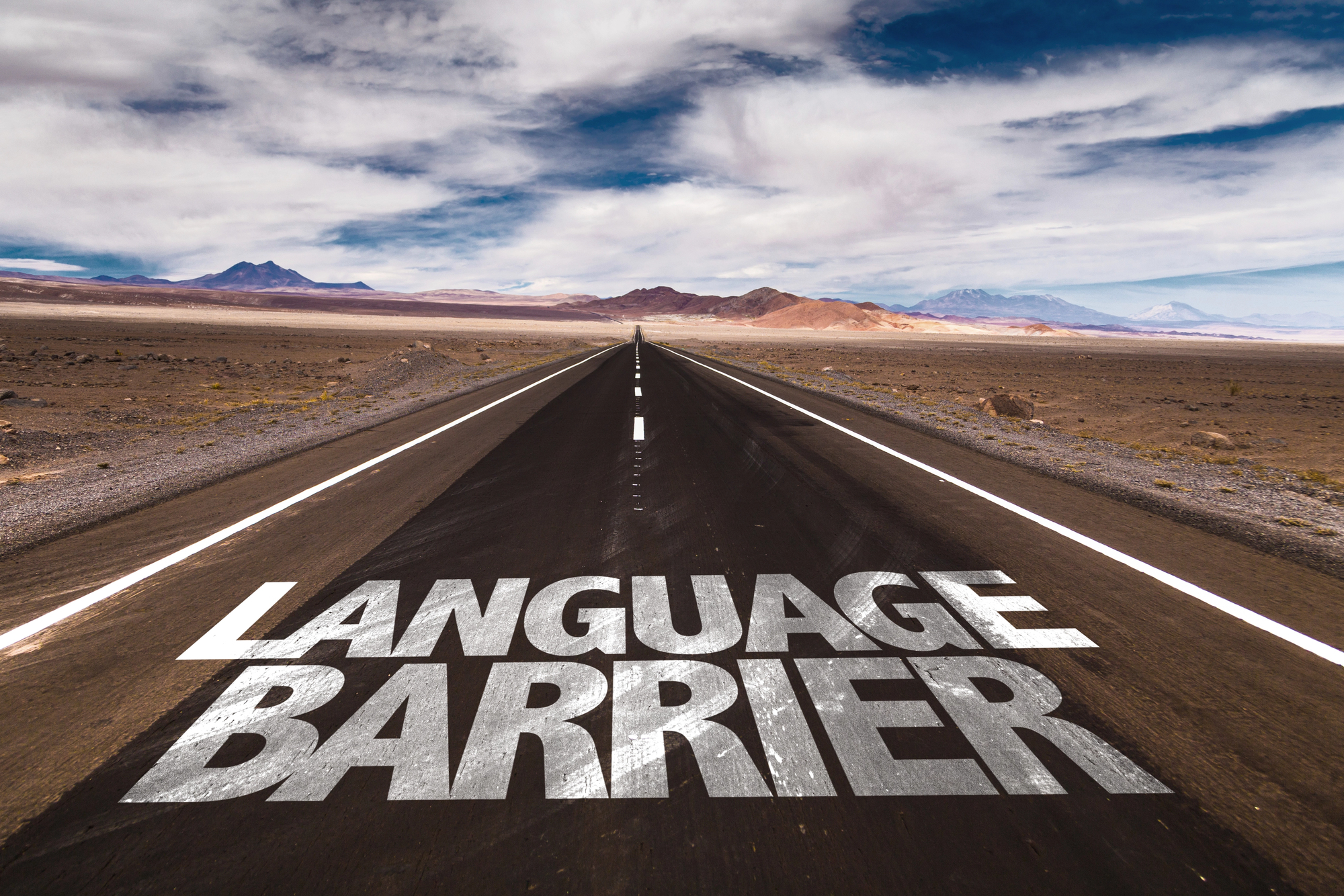
Quebec City delivers those authentic moments when you realize you’ve gone hours without hearing a word of English – the city operates almost exclusively in French, with significantly fewer bilingual concessions to tourists. Even restaurant menus and shop signs often appear solely in French – creating a true language immersion experience.
Montreal – despite its French roots – functions as a genuinely bilingual city where conversations frequently bounce between French and English mid-sentence, creating a linguistic flexibility that feels distinctly Montreal.
Architectural Timeline
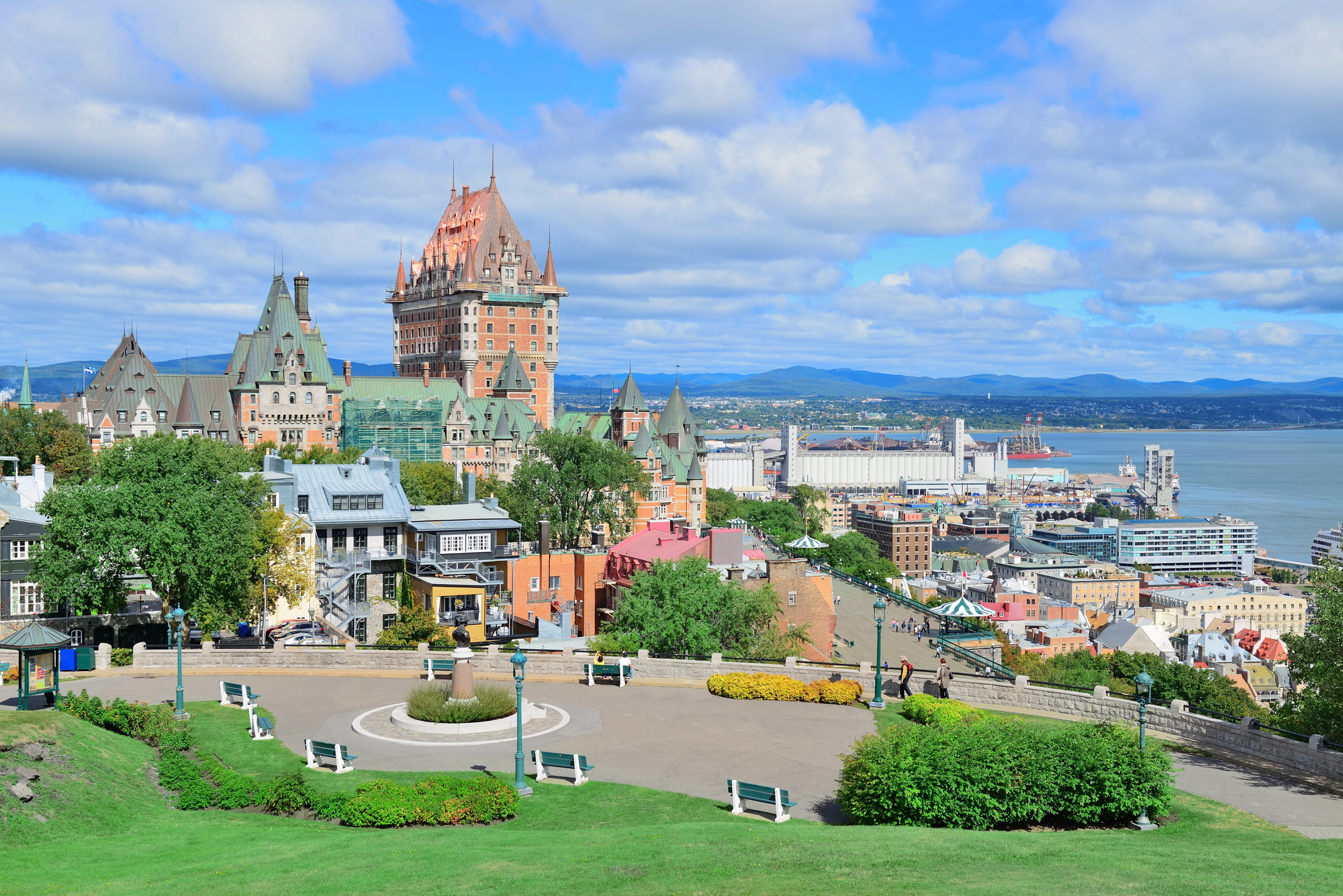
Quebec City preserves those moments of historical continuity – walking through neighborhoods where architectural styles progress chronologically as you move outward from the 17th-century core. The city maintains strict preservation standards that keep modern developments largely outside historic districts.
Montreal embraces architectural juxtaposition – Gothic Revival churches stand beside brutalist concrete structures and sleek glass towers, creating those surprising moments when centuries collide within a single vista, reflecting the city’s more evolutive relationship with its built environment.
Like Travel Pug’s content? Follow us on MSN.
Street Performances

Quebec City concentrates street performers along Terrasse Dufferin and Place Royale – often showcasing traditional Québécois music and historical performances that reinforce the city’s connection to its French heritage. These curated entertainments enhance the feeling of visiting a living museum.
Montreal’s street culture explodes during warmer months – particularly during festivals – with impromptu drum circles in Mount Royal Park, experimental jazz performers in alleyways, and spontaneous dance events creating moments of unexpected creative connection.
Winter Embraced

Quebec City transforms winter into fantasy through the famous Winter Carnival – complete with ice palaces, night parades, and the jovial Bonhomme mascot overseeing festivities. The city leans into its reputation for extreme winter conditions, creating magical experiences from the season other cities merely endure.
Montreal tackles winter differently – through its underground city network connecting metro stations, shopping centers, and office buildings. This 20-mile subterranean system creates those surreal moments of discovering entire neighborhoods functioning beneath the snow-covered streets.
Dining Atmospheres
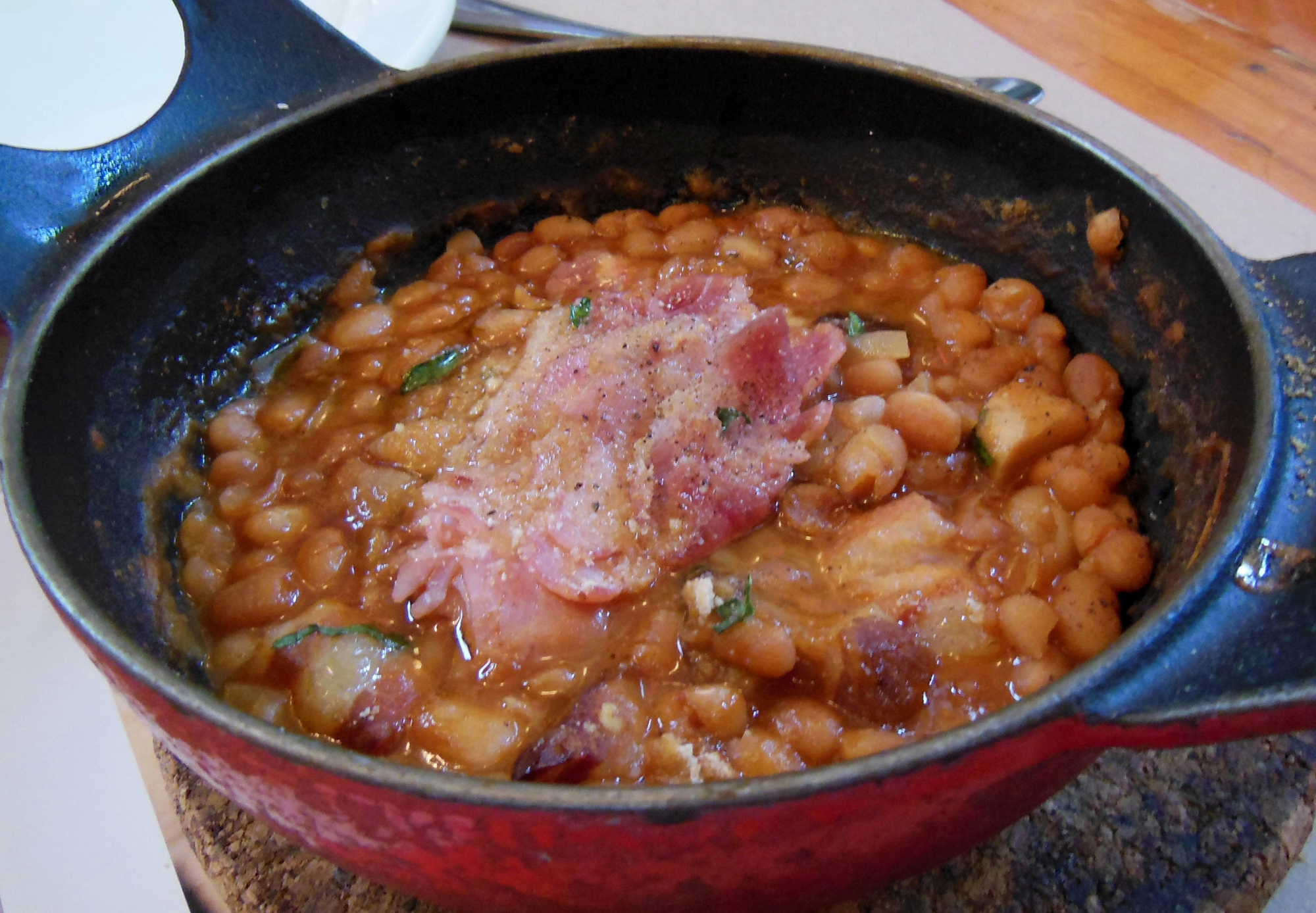
Quebec City specializes in those intimate dining experiences in centuries-old stone buildings – restaurants like Aux Anciens Canadiens serving traditional Québécois cuisine in a house dating from 1675. Meals often feel like historical experiences, with recipes highlighting the province’s rural culinary traditions.
Montreal delivers those electric dining moments in constantly evolving restaurants – from Jewish delis serving iconic smoked meat to innovative fusion establishments reflecting the city’s immigrant diversity. The emphasis falls on culinary creativity rather than the preservation of tradition.
Like Travel Pug’s content? Follow us on MSN.
Festival Energy

Quebec City channels its festival energy into concentrated historic celebrations – particularly the Summer Festival (Festival d’été), when music performances unfold against the backdrop of 18th-century architecture, creating magical moments where contemporary culture meets historical settings.
Montreal’s festival scene explodes across numerous venues simultaneously – from the world-renowned Jazz Festival to Just For Laughs comedy events – creating that distinctive feeling of an entire city transformed into interconnected celebration spaces where festival boundaries blur together.
Religious Experiences
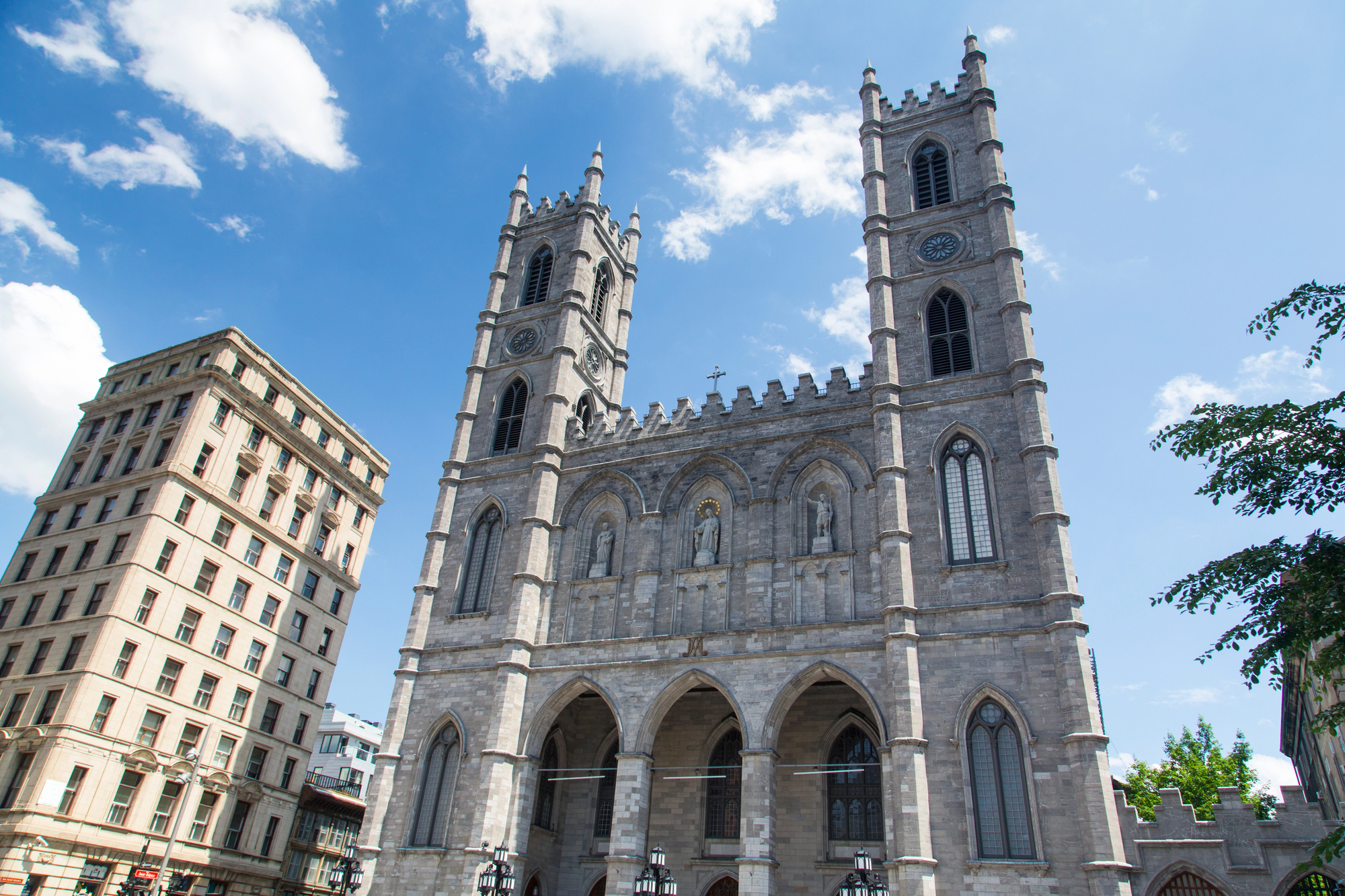
Quebec City offers those reverent moments in North America’s oldest stone church – Notre-Dame-des-Victoires – where the simplicity of its 1688 construction creates an atmosphere of authentic historical spirituality. The city’s religious buildings generally emphasize their connection to early French Catholic traditions.
Montreal counters with the breathtaking moment when you first enter the dramatically blue-lit interior of Notre-Dame Basilica or experience the modernist concrete curves of St. Joseph’s Oratory – religious spaces that emphasize artistic innovation alongside spiritual tradition.
Street Art Encounters
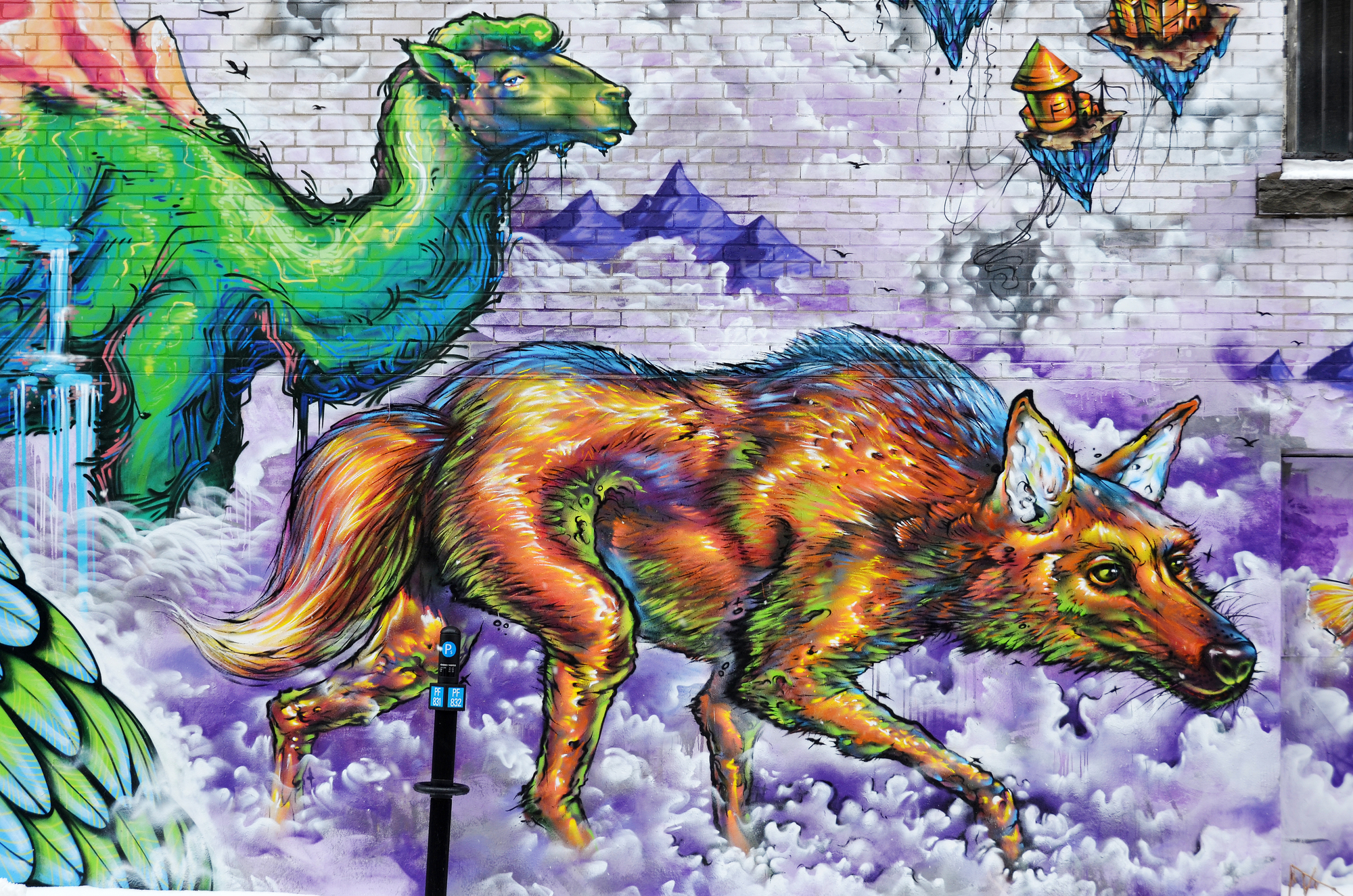
Quebec City controls street art through official murals depicting historical scenes – particularly the stunning Fresque des Québécois that creates trompe l’oeil windows into the past. These sanctioned installations reinforce rather than challenge the city’s historical narrative.
Montreal embraces street art as a contemporary cultural expression – entire neighborhoods like the Plateau feature building-sized murals changing regularly through festivals like Mural Fest, creating those moments of turning a corner to discover a massive new artwork transforming an ordinary building into an outdoor gallery.
Like Travel Pug’s content? Follow us on MSN.
Shopping Discoveries

Quebec City specializes in those shopping moments when you discover artisanal products with direct connections to traditional Québécois culture – hand-knitted wool sweaters, maple products from family producers, or indigenous crafts representing First Nations heritage. The shopping experience emphasizes authenticity and historical continuity.
Montreal delivers those exciting retail moments of discovering cutting-edge designers in Mile End boutiques, vintage treasures in the Plateau, or international luxury brands downtown – shopping experiences that highlight the city’s connection to global fashion trends rather than local traditions.
Mountain Perspectives
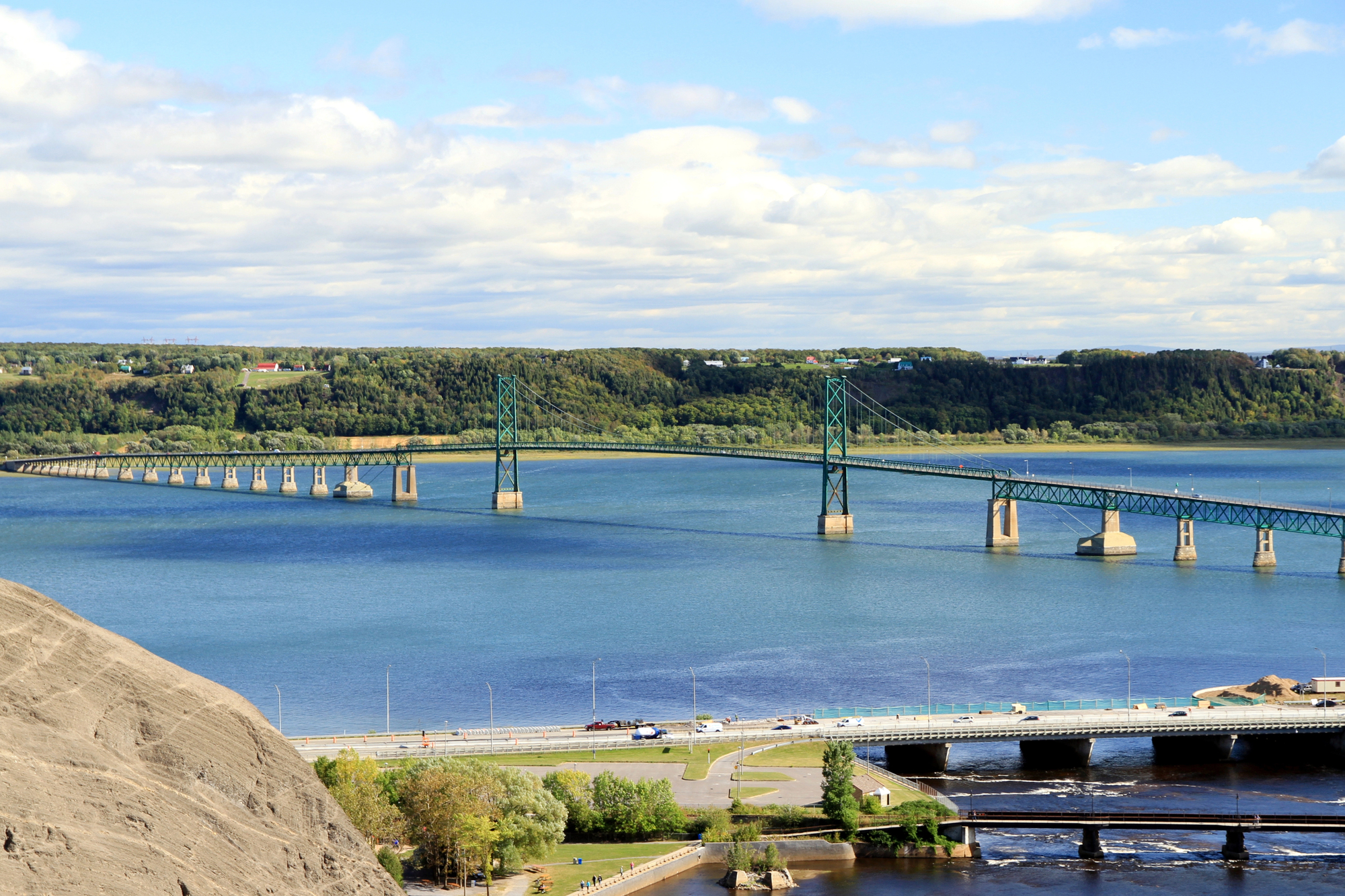
Quebec City offers those breathtaking moments gazing from Dufferin Terrace across the mighty St. Lawrence River – the expansive water view creating the sensation of standing at the edge of a continent. This vista emphasizes the city’s strategic position controlling access to the interior of North America.
Montreal provides those peaceful moments of escape on Mount Royal – the small mountain giving the city its name – where forested paths lead to surprising viewpoints overlooking downtown skyscrapers, creating the feeling of finding wilderness within the urban environment.
Musical Traditions

Quebec City preserves traditional Québécois folk music in venues like Le Pape Georges, where fiddle players and accordionists maintain centuries-old musical traditions that connect directly to the province’s rural heritage. These performances create moments of cultural continuity spanning generations.
Montreal embraces musical fusion and experimentation – from the underground electronic scene to internationally acclaimed indie bands like Arcade Fire. The city creates those moments of musical discovery where global influences collide with local talent to produce sounds that couldn’t exist elsewhere.
Like Travel Pug’s content? Follow us on MSN.
Architectural Details
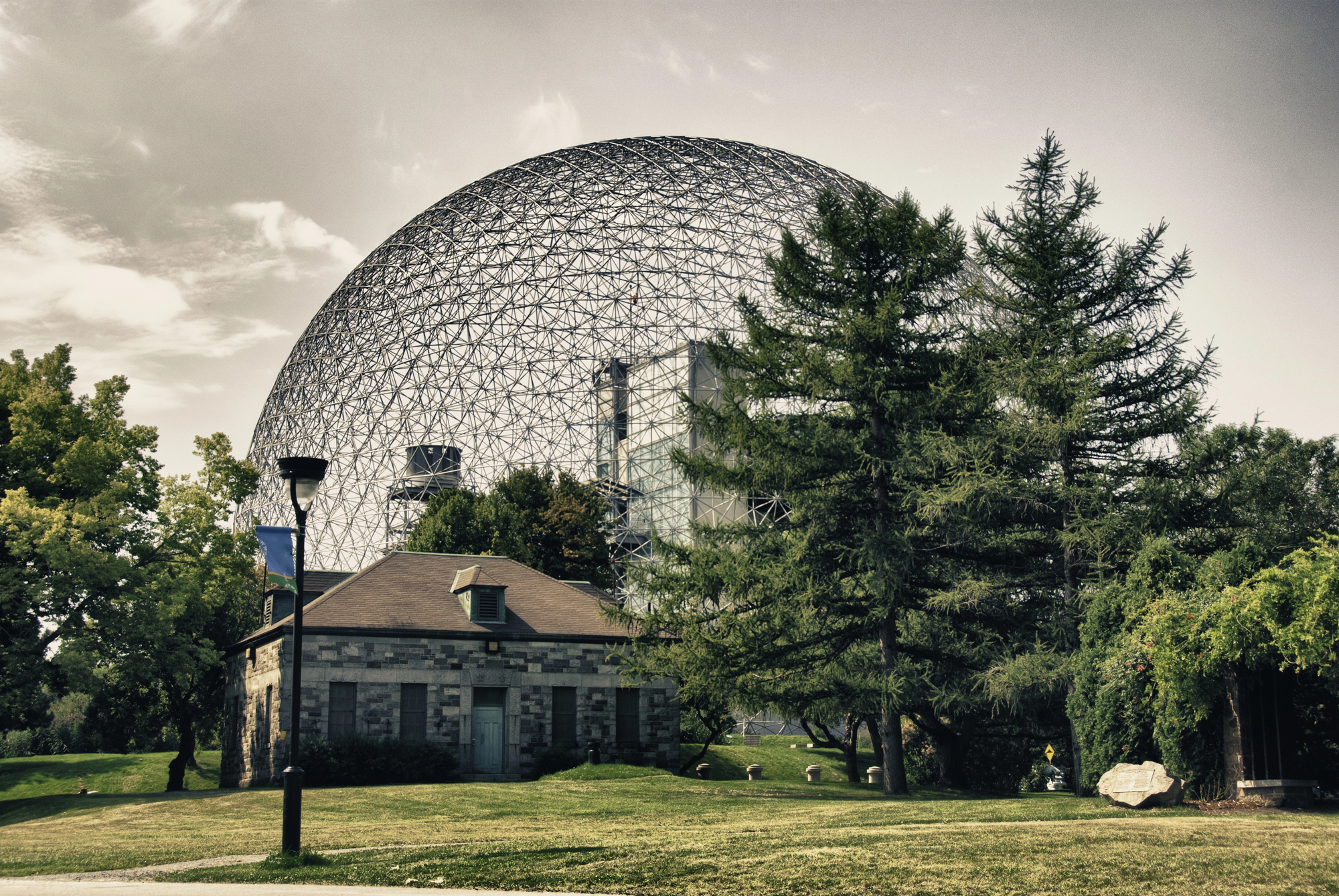
Quebec City rewards close observation with those delightful moments discovering original architectural details – hand-forged hinges on 18th-century doors, intricate stone carvings on government buildings, or narrow staircases worn smooth by centuries of use. These authentic elements create a tangible connection to North American colonial history.
Montreal specializes in those surprising moments, spotting whimsical architectural features from different eras – the famous spiral staircases on building exteriors, colorful Victorian rowhouses, or ultramodern structures incorporating fragments of historic façades.
Language Politics
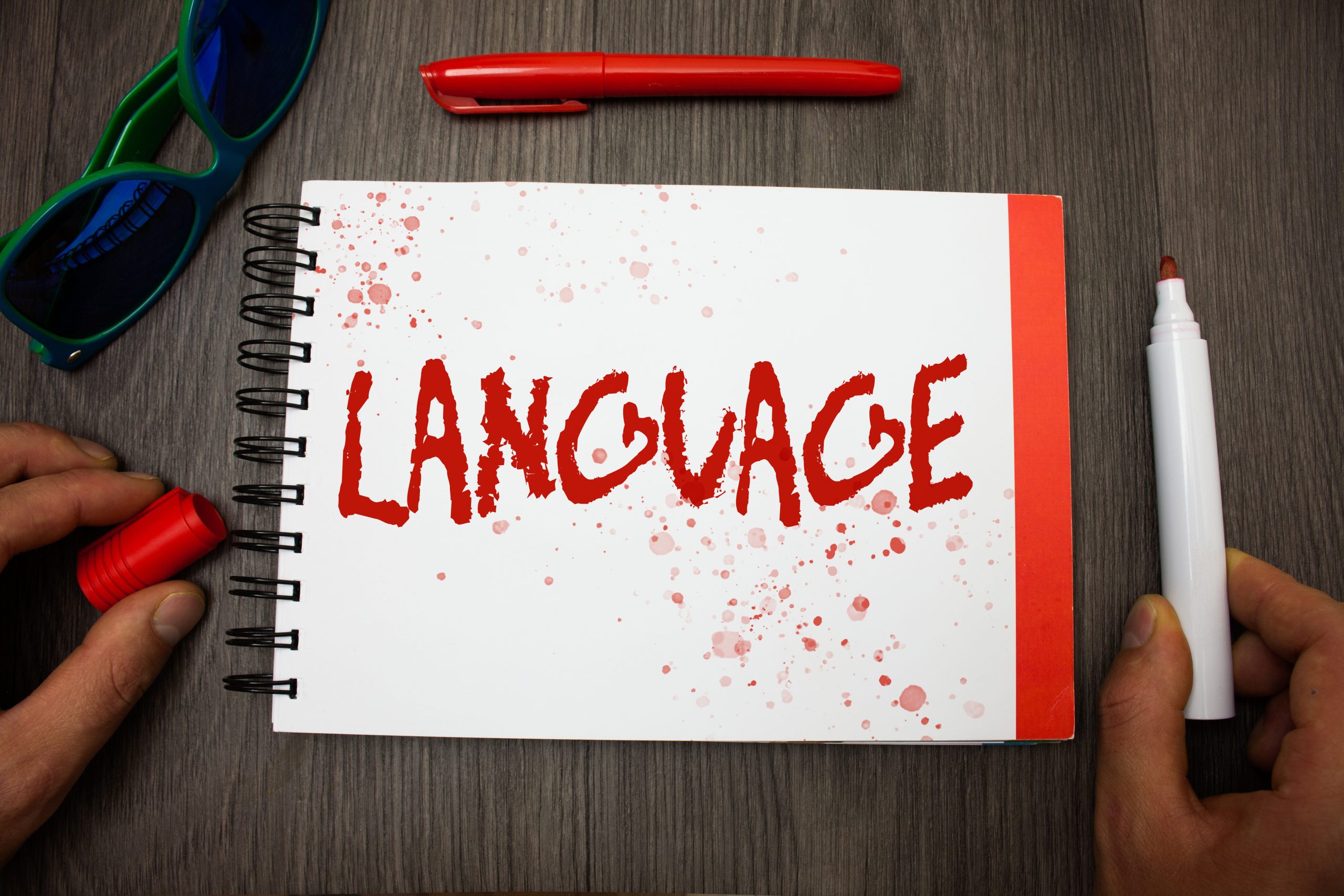
Quebec City provides those enlightening moments to understanding Quebec’s language politics from the perspective of French cultural preservation – as the provincial capital, government buildings and institutions embody policies designed to protect French language rights in a predominantly English-speaking continent.
Montreal offers glimpses into the more complex lived reality of these policies – neighborhoods where language usage shifts block by block, businesses navigating bilingual requirements, and the occasional tension arising from the city’s role as both an international metropolis and Québécois cultural center.
Sense of Time

Quebec City creates those transporting moments when modern life seems to recede – sitting at a café within the old walls as church bells mark the hour just as they have for centuries. The city embraces a relationship with time that prioritizes connection to the past over rapid change.
Montreal generates those dynamic moments when multiple timeframes coexist – ultramodern glass towers reflecting historic churches, 19th-century markets housing contemporary food stalls, or repurposed industrial spaces becoming cutting-edge arts venues, creating a sense that the city constantly reinvents itself while carrying its history forward.
Like Travel Pug’s content? Follow us on MSN.
Two Essential Quebec Experiences

These two remarkable cities offer complementary rather than competing versions of Quebec’s cultural identity. Quebec City provides a deeply immersive journey into the province’s French colonial roots, preserving a unique piece of North American history within its impressive fortifications.
Montreal delivers a dynamic, ever-evolving urban experience where French heritage forms just one layer in a complex multicultural identity. Together, they demonstrate the remarkable range within Québécois culture – from reverent preservation to bold innovation – offering visitors two distinctive Canadian experiences that deserve equal places on any traveler’s itinerary.
More from Travel Pug

- Cities Growing so Fast You Won’t Recognize Them in 10 Years
- 13 Destinations Where Tourists Regularly Regret Their Trip
- 20 Obscure WWII Sites Even History Buffs Don’t Know About
- 10 Under-the-Radar Mountain Towns That Are Both Affordable and Beautiful
- Remote Villages in Europe Where You Can Live for Free in Exchange for Work
Like Travel Pug’s content? Follow us on MSN.
